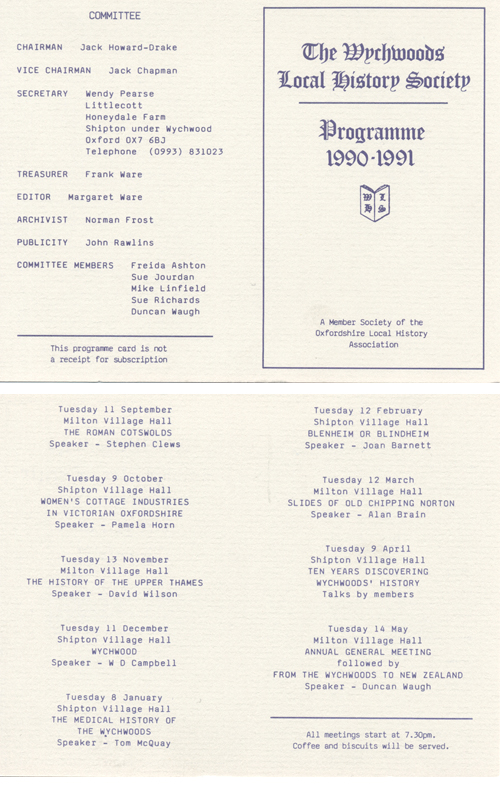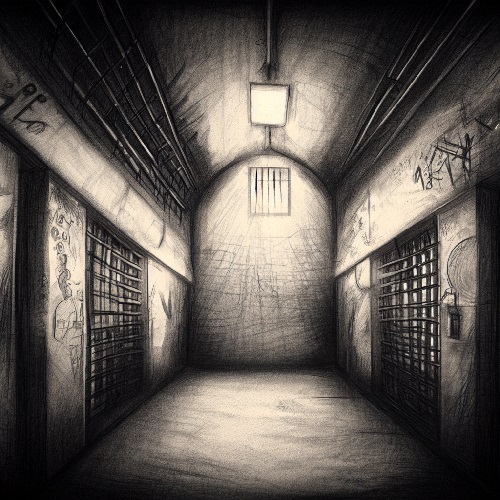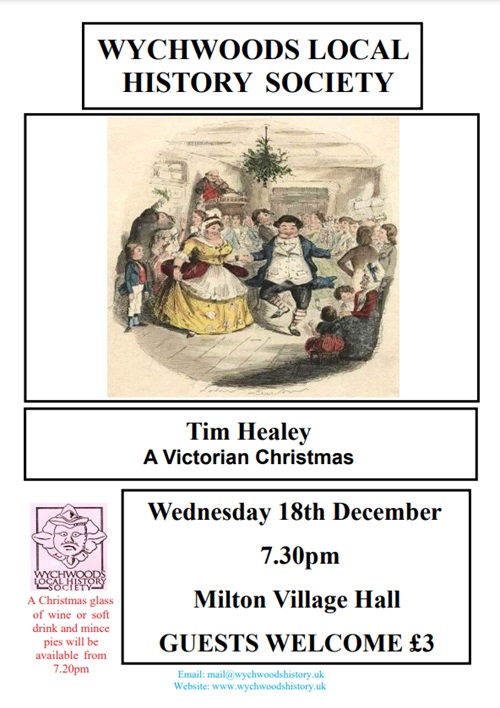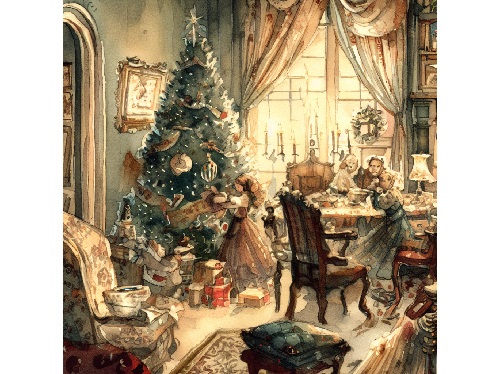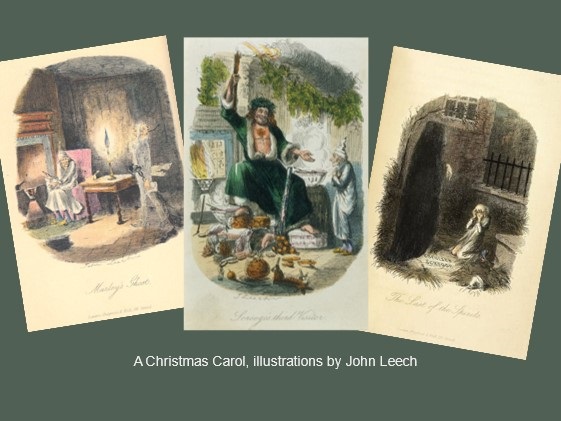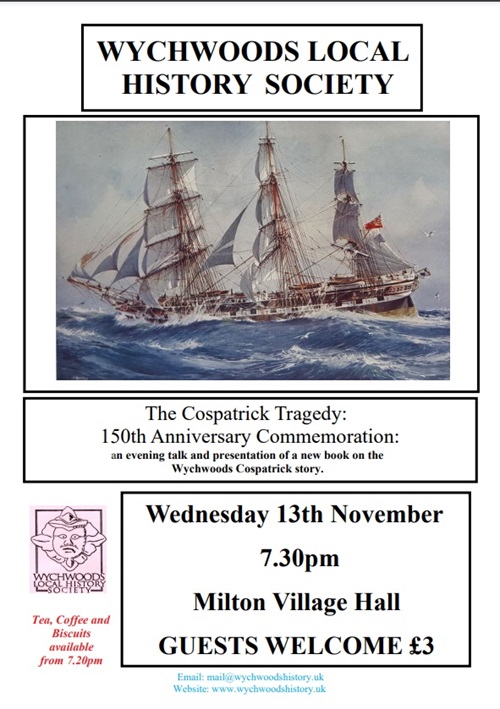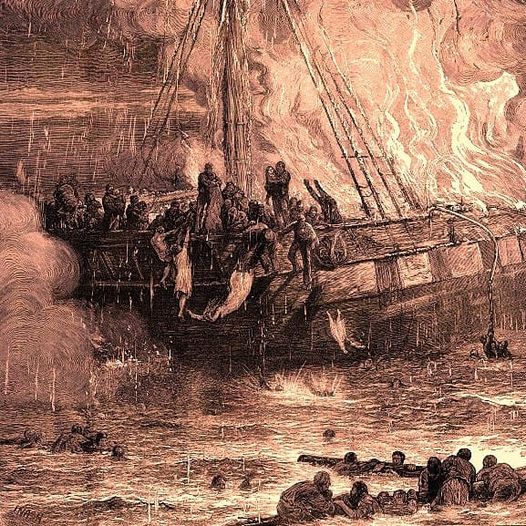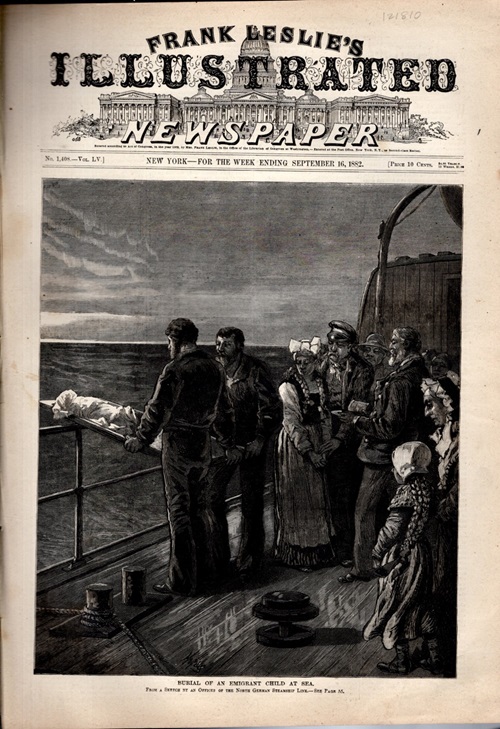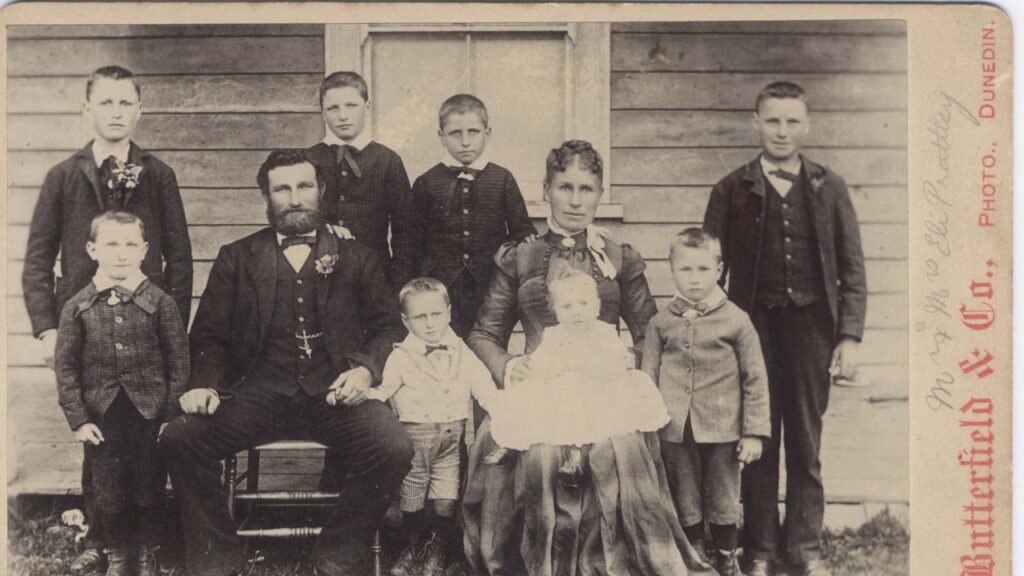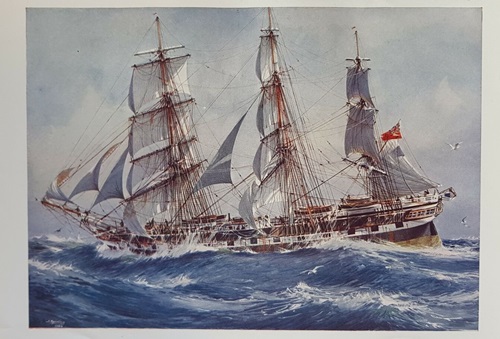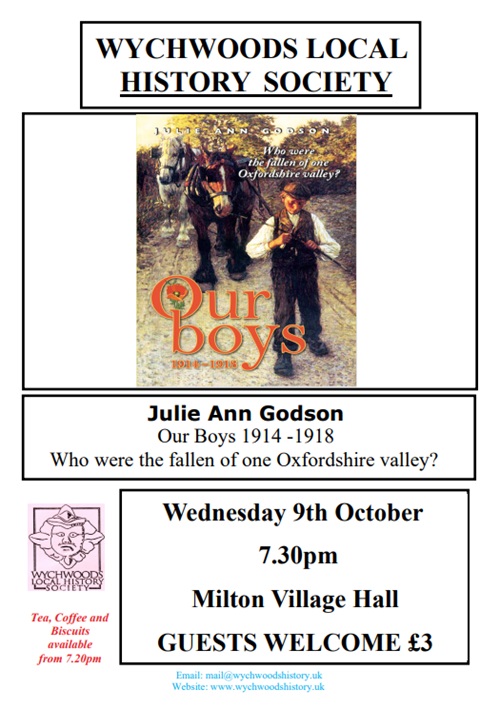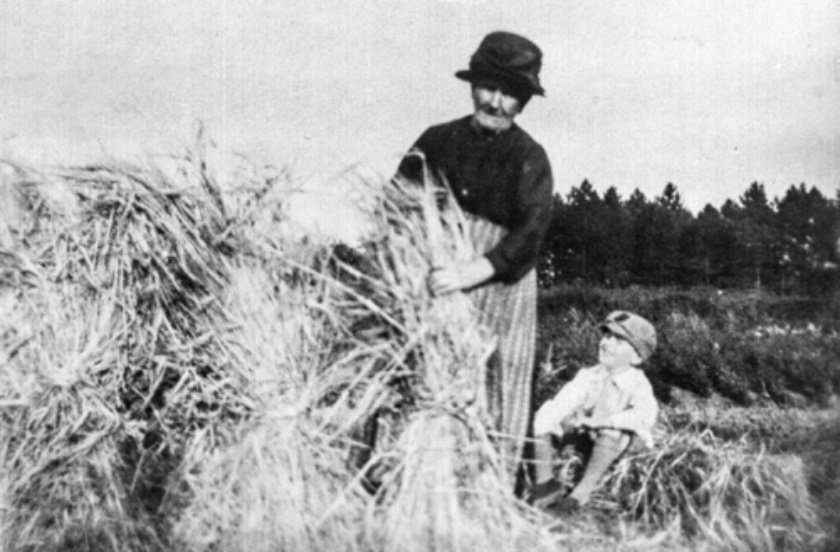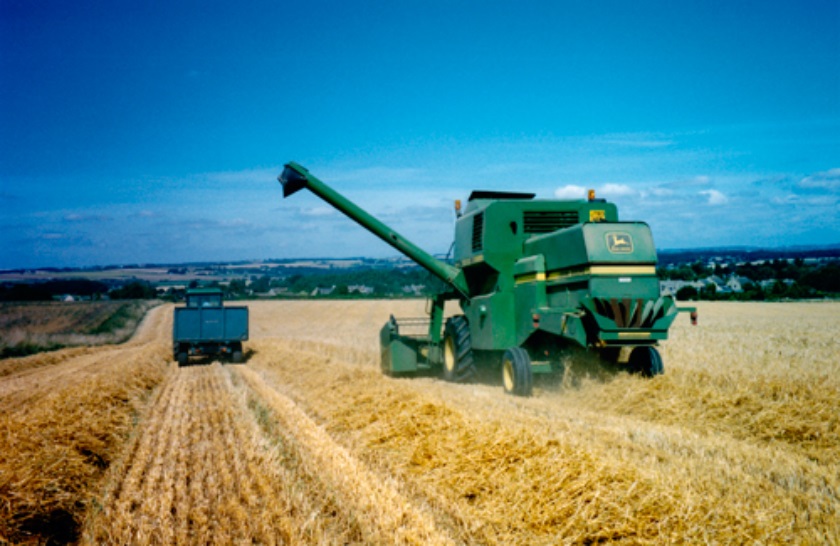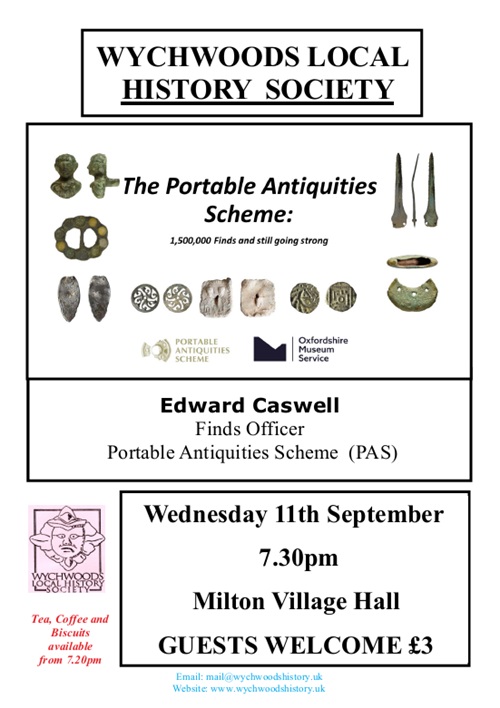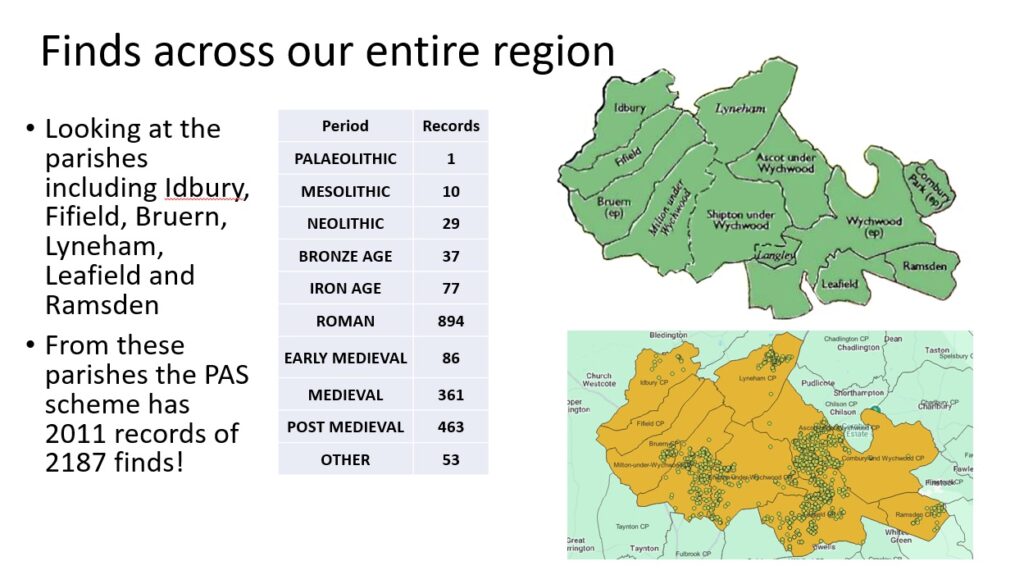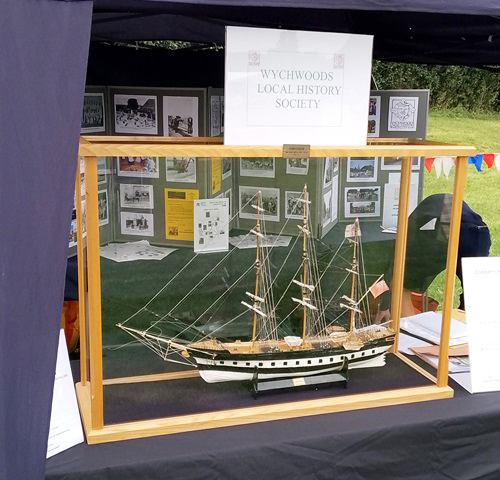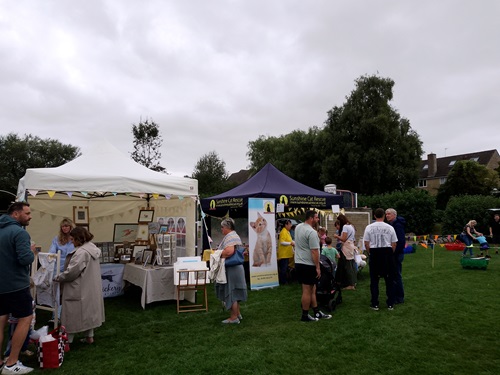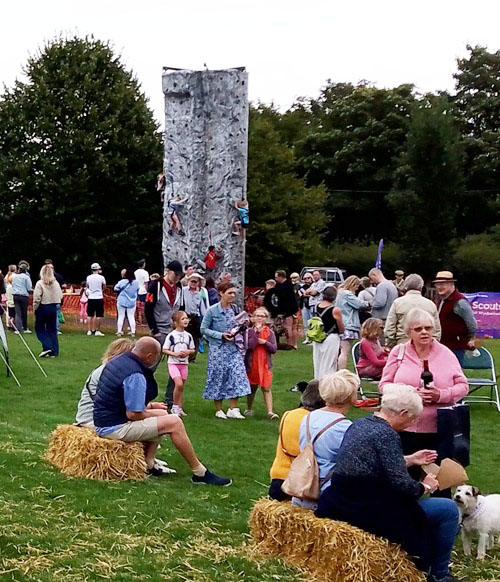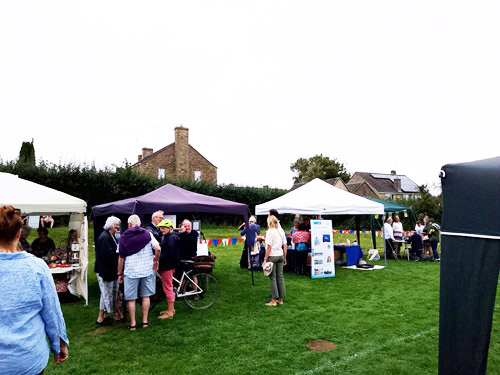I am pleased to share this letter from Glenda Lewis, a descendant of Wychwoods emigrants to New Zealand. Glenda is numbered among many such descendants who are drawn to the Wychwoods from overseas, specifically to connect with their family story.
Over the years the society has helped with enquiries from a distance, but I was pleased and delighted to meet a descendent of Wychwoods emigrants in person, and quite out of the blue, on 2nd September 2024 outside the Wychwoods Library.
My meeting with Glenda was particularly fortuitous as I was in the midst of research about Wychwood emigrants to New Zealand in the 1870s, as part of our commemoration of the 150th Anniversary of the Cospatrick tragedy.
Glenda told me of her Wychwood ancestors. I told her about our research, and we began a correspondence about our shared interest.
On the 18th November she wrote to me with this moving tribute to the Wychwood emigrants, a letter she wishes to share with all of us in the Wychwood villages.
To the people of Shipton, Milton and Ascott under Wychwood
From Glenda Lewis, Wellington, New Zealand: 18 November, 2024
What romantic ideas the name Wychwood conjured when I first learnt that my great grandfather Joseph Pratley came from Milton-u-W. He and my great grandmother, Jane Watts of Lineham, came to New Zealand on separate ships in 1874. I don’t know if they had already formed a relationship, but they soon married and settled in Waipawa along with a couple of his brothers, and one of hers, I think. Whenever I drive north to see my daughter in Napier, I stop at the cemetery to pay tribute to Jane (my mother’s mother’s mother). She died at age 66, after an emergency operation on the kitchen table. By that stage, Joseph was ‘seeing’ another woman, referred to scathingly by my grandmother as ‘Jesse in white boots’.
In 2018 I spent 6 weeks in Shipton under Wychwood, courtesy of a Churchill Trust Fellowship. I noted that Churchill was born on 30 November 1874. I wanted to see the place Jane and Joseph came from. But the past is irrecoverable, and I could not relate the wealthy communities I saw with how things must have been back then. And I was struck by the fact that I couldn’t see anyone working the land, and hardly any farm animals. I learnt about the Ascott Martyrs, and the involvement of the Pratley women. Maybe that’s where my grandmother and mother got their grit from.
When I came across the Shipton memorial to the villagers who had the misfortune to voyage out on the Cospatrick, I realised what a close call I’d had. It could well have been Joseph and Jane on that ship. Jane would not have known about it, as she left on the Lady Jocelyn, on 3 November. I learnt in an article on the tragedy in the NZ Listener (26 October) that many ships never made it. How brave they had to be to leave everything behind, risk their lives and face who knew what in this far off land.
Although they had plenty to eat when they got here, life was hard, and very physical. My grandparents, Arthur and Ruth (one of Jane’s daughters) sold their teashop in Waipawa, and broke in 60 acres 35kms further south, in the still tiny settlement of Norsewood. The Scandinavians who’d come en masse in the 1870s for the same reasons as the British, had felled the mighty forest. It took my grandfather and his faithful horse Doris, a long time to pull out all the stumps. My grandmother had to climb down the steep bank to the river to fetch water, and they raised their first three babies in a couple of small rooms which now comprise our tool shed and outside toilet.
My three older sisters and I now own the old farmhouse and an acre around it. We spend long weekends there about ten times a year. We grow vegetables and have a small orchard. Being close to the Ruahine hills, the climate is quite cool and wet, so only walnuts, quince and apple trees do well.
We have often imagined our grandparents listening to Churchill’s wartime speeches on the old radio. They were very isolated at the farm, and never travelled much further than the Methodist Church in Norsewood. It was always cold inside, shaded outside by dark green macrocarpas. Their views were strict Victorian. I assume Ruth inherited her bitter hatred of people with money, of Catholics, from Jane, who was ‘in service’ before she left Lineham and fell under the spell of the charismatic Methodist preachers. Ruth and my mother scoffed at people with culture and education, which was somehow corrupting. (They always said teachers and nurses made bad housekeepers) They valued their independence, and though they never had much money, they always had good food and were able to feed the itinerant men looking for work during the Great Depression. A large side of bacon always hung high in the pine trees – out of reach of the blowflies – next to the henhouse.
Jane and Joseph’s descendants have prospered in a small way. By world standards we are rich and want for nothing.
I wonder how she and Joseph felt about being forced by circumstance to leave the home country, never to return. Even though I was born in New Zealand, when I go to England it feels more like home, and culturally, I guess it is. We idealise English culture and tradition, and prefer the houses, the trees, the flowers. However, we much prefer our egalitarian society, and less reserved natures. I know where my loyalties lie when the All Blacks play!
Tomorrow is an important day in New Zealand history. Māori are marching in great numbers from the top of the North Island and bottom of the South Island to meet at Parliament, to object to moves to renegotiate the Treaty of Waitangi (with the Crown). Our relationship, and emotions about our co-existence and land ownership are still not resolved.
I send greetings to all the villagers, and the surviving relatives of the poor people lost on the Cospatrick. I hope to visit the Wychwoods again.
Arohanui,
Glenda Lewis
P.S.
I offer you this (to me) very affecting poem by Minnie Louise Haskins, which King George V1 broadcast in 1939, and was framed by my grandparents. It hung on the farmhouse kitchen wall…I once tried to read it to my fellow writing students, but choked and couldn’t utter a single word.
And I said to the man who stood at the gate of the year:
‘Give me a light that I may tread safely into the unknown.’
And he replied:
‘Go out into the darkness and put your hand into the Hand of God. That shall be to you better than light and safer than a known way.’
So I went forth, and finding the Hand of God, trod gladly into the night. And He led me towards the hills and the breaking of day in the lone East.
